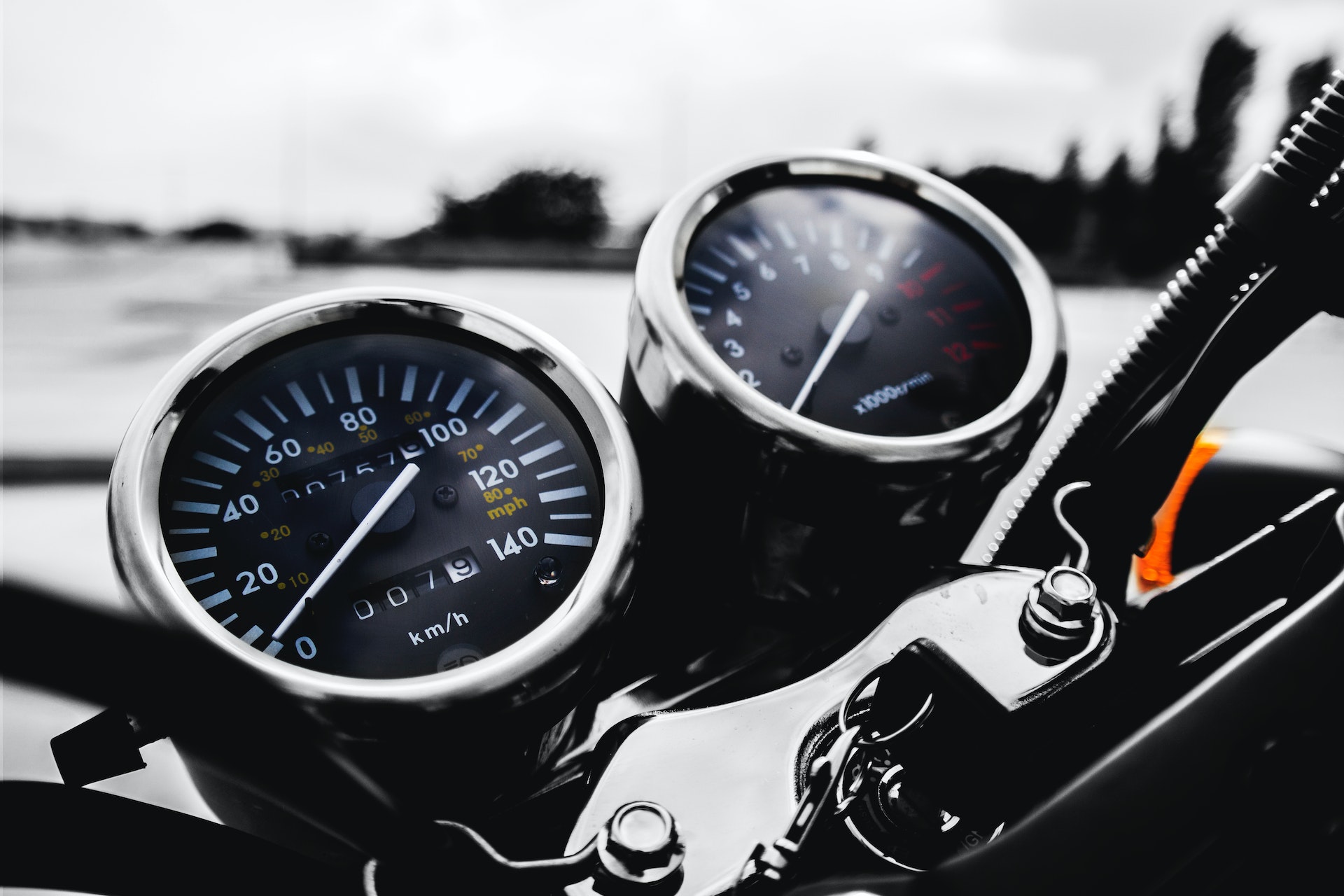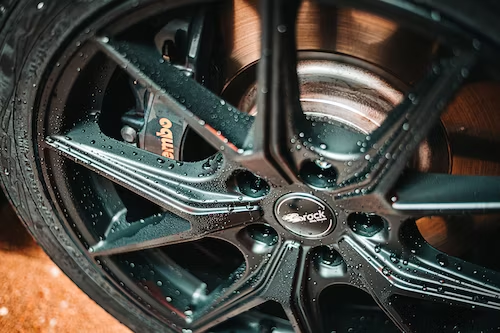In the world of NASCAR racing, where split-second decisions and high-speed maneuvers are the norm, every edge counts. One of the most critical factors influencing a race car’s performance is its aerodynamics. The sleek, powerful machines that grace the oval tracks are not only the result of engineering prowess but also the mastery of aerodynamic principles. Spoilers, splitters, and diffusers – all meticulously designed to manipulate airflow and optimize downforce, shaping the competitive landscape of NASCAR racing. Let’s delve into the realm of aerodynamics in NASCAR, shedding light on the vital role played by these performance parts.
Key Aerodynamic Components in NASCAR
Aerodynamics is the silent force that shapes the performance of NASCAR race cars. Behind the roaring engines and thrilling overtakes, a delicate dance of air and design takes place to achieve optimal balance and control. Three essential components stand out in this symphony of aerodynamic innovation: spoilers, splitters, and diffusers.
Spoilers
Spoilers are not just about aesthetics; they are precision-engineered instruments that influence a race car’s behavior on the track. Positioned at the rear, spoilers play a pivotal role in generating rear downforce. By redirecting air flow upwards, they create a pressure differential that keeps the car firmly planted on the asphalt. The size and angle of the spoiler are carefully calibrated for each race and track type, enabling teams to fine-tune the balance between stability and speed.
Splitters
Found at the car’s front, splitters serve as the vanguard of aerodynamics. They split the oncoming air, directing part of it over the car and the rest underneath. This ingenious design generates valuable front downforce, enhancing the car’s grip and responsiveness during turns. The interaction between the splitter and the track’s surface is a delicate equilibrium, as it ensures that the car maintains optimal balance and maximizes traction.
Diffusers
Beneath the car, a lesser-known hero operates – the diffuser. Working in collaboration with other aerodynamic components, the diffuser manages the airflow passing beneath the car, reducing drag and increasing stability. By creating a low-pressure area, the diffuser helps to extract more air from underneath, effectively “sucking” the car down onto the track. This phenomenon enhances both cornering ability and straight-line stability, contributing to an all-around improved performance.
Development and Design Process
In this digital age of racing, the design process is as much about honing the art of interpretation as it is about technological prowess. Engineers interpret the intricate language of airflow data, converting it into design modifications that could shave milliseconds off lap times. It’s a dance between science and intuition that ultimately brings to life the aerodynamic components that define the essence of a NASCAR race car.
Wind Tunnel Testing
Wind tunnel testing stands as a cornerstone of aerodynamic development in NASCAR. These controlled environments allow engineers to simulate real-world conditions, measuring how air interacts with the car’s surfaces. In wind tunnels, models of the race car are subjected to varying speeds and angles, yielding invaluable data on airflow patterns, pressure distribution, and aerodynamic efficiency. This empirical knowledge guides designers in crafting effective car parts that optimize performance.
Computational Fluid Dynamics (CFD)
Computational Fluid Dynamics is a digital arena where complex algorithms simulate airflow over a car’s surfaces, offering predictive insights into how design modifications will impact aerodynamics. Engineers can test numerous design iterations in a fraction of the time and cost compared to physical testing. CFD empowers teams to precisely adjust aerodynamic components, honing in on the delicate balance between downforce and drag.
Iterative Design Process
The marriage of wind tunnel testing and CFD creates a dynamic synergy. Wind tunnel experiments validate the accuracy of CFD predictions, while CFD allows for rapid exploration of design possibilities before physical prototypes are ever created. This symbiotic relationship accelerates the development process, enabling NASCAR teams to bring cutting-edge aerodynamics to the track more efficiently than ever before.
However, the development of aerodynamic components in NASCAR is far from a one-shot endeavor. It’s an iterative journey of improvement marked by countless adjustments and refinements. The insights gained from wind tunnel testing and CFD inform successive design iterations, each building upon the previous to inch closer to perfection. The iterative nature of the process allows engineers to fine-tune the subtleties of spoiler angles, splitter shapes, and diffuser configurations until the optimal design is reached.
Impact on Racing Performance
Aerodynamics isn’t just about pushing air around; it’s about pushing the boundaries of performance on the track. The aerodynamic components forge a symbiotic relationship with speed and maneuverability, profoundly impacting a NASCAR car’s racing performance.
Enhanced Cornering
When the rubber meets the asphalt on tight turns, aerodynamics comes into its own. The downforce generated by spoilers and splitters presses the car into the track, enhancing tire grip and preventing excessive sliding. This newfound stability empowers drivers to tackle corners at higher speeds, optimizing racing lines and leaving rivals behind in the dust.
Straight-Line Speed
While cornering prowess is vital, straight-line speed is the essence of racing dominance. Here, the aerodynamic components work in concert to minimize drag. By streamlining the car’s form and directing airflow efficiently, spoilers and diffusers reduce air resistance, allowing the car to slice through the air with minimal hindrance. As a result, drivers gain a crucial advantage on tracks with long straights by accelerating to top speeds.
Challenges and Trade-offs
The pursuit of aerodynamic excellence in NASCAR is a delicate balancing act, where gains in one area often entail compromises in another. The relentless quest for optimal performance necessitates navigating a labyrinth of challenges and making strategic sacrifices:
- Balance between downforce and drag: Downforce keeps the car glued to the track, enhancing grip and control, but it comes at the cost of increased drag, which can hinder straight-line speed. Striking the right balance between these two forces is a continuous puzzle that engineers solve by fine-tuning the design of performance-enhancing parts to suit the unique demands of each track.
- Sensitivity to environmental factors: Changes in ambient temperature, humidity, and altitude can significantly alter airflow behaviour. NASCAR teams must anticipate how these factors impact their carefully tuned aerodynamic configurations, adjusting settings and strategies to maintain optimal performance under ever-changing conditions.
- Track-specific considerations: What works on one track may prove suboptimal on another. Engineers must decipher each track’s unique characteristics and tailor their aerodynamic components to suit the demands of speed, cornering, and strategy inherent to each circuit.
- Real-world vs. simulated performance: The transition from wind tunnel tests and simulations to real-world performance can unveil discrepancies that challenge even the most advanced engineering methodologies. Factors like turbulent airflow caused by closely packed racing and the dynamic interplay between a car’s aerodynamics and its suspension can introduce variables that are hard to predict in controlled settings.
Conclusion
The symphony of speed that unfolds on the NASCAR track results from countless moving parts, both seen and unseen. And aerodynamics plays a pivotal role in shaping the destiny of each race car.
In every gust of wind that sweeps across the track, in every calculated design adjustment, and every heart-pounding turn, the influence of aerodynamics is unmistakable. It’s a force that elevates the spectacle, a science that fuels the spirit of competition, and an art that turns ordinary race cars into extraordinary feats of engineering. As the chequered flag waves, the legacy of aerodynamics endures, forever intertwined with the heart and soul of NASCAR racing.







